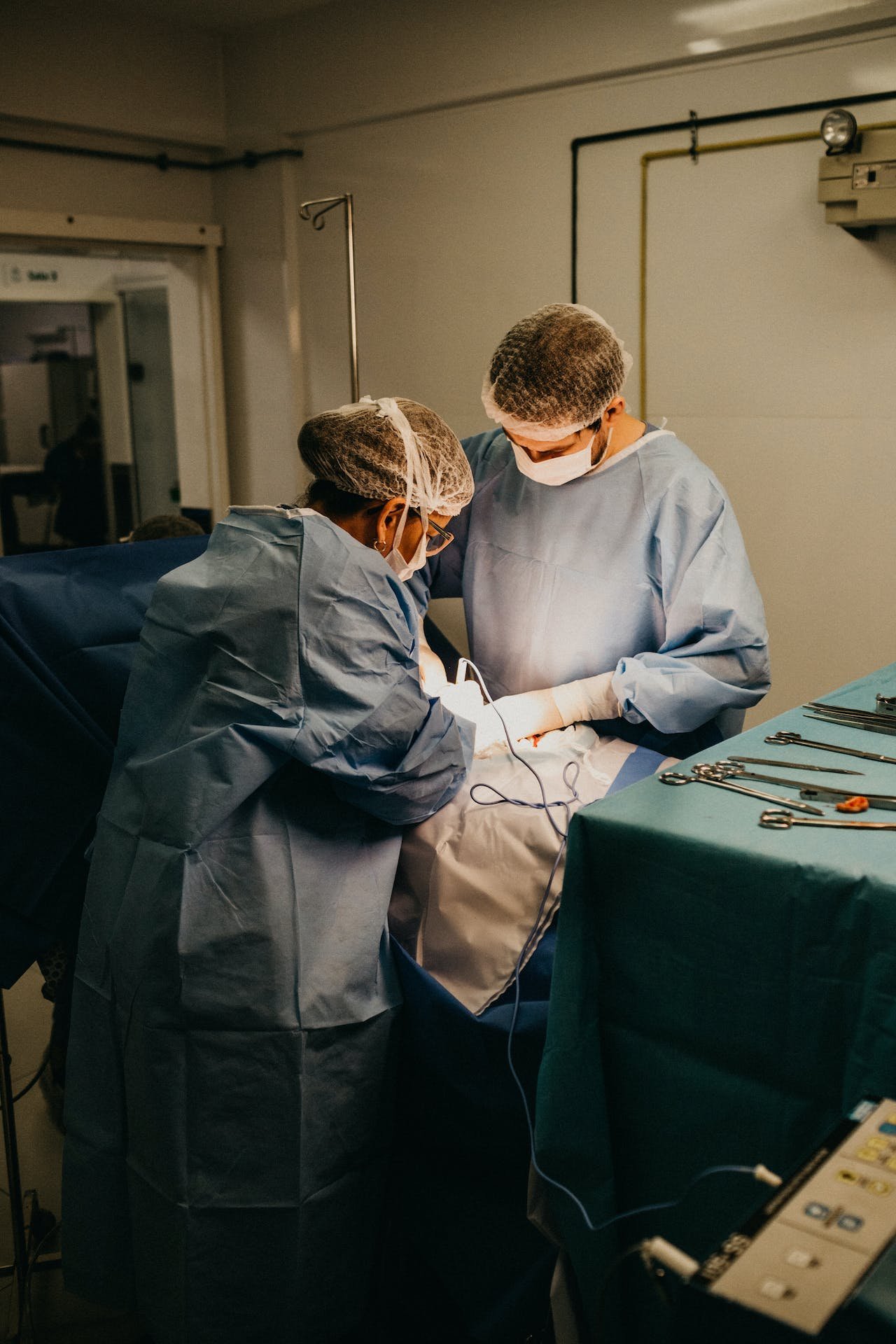Despite being often life-saving, surgical operations have a danger of excessive bleeding, which if not treated right, could result in complications and unfavorable results. During surgery, medical professionals use a variety of methods and approaches to stop bleeding, protecting patients and guaranteeing positive results.
Table of Contents
Hemostatic Agents: Enhancing Blood Clotting
Hemostatic medications are drugs used in surgery to encourage blood clotting and manage bleeding. These agents might be fibrin sealants, thrombin-impregnated gauze, or synthetic hemostatic agents made of gelatin or oxidized cellulose. Doctors can also use a more natural hemostatic powder that produces many of the same desired effects as a synthetic solution.
Thermal Energy Devices: Sealing Blood Vessels
During surgery, thermal energy devices are often utilized to close blood arteries and regulate bleeding. These devices cause blood arteries to coagulate and seal by applying high-frequency electrical currents or heat energy to the target tissue. A monopolar cautery delivers electrical current to the tissue using a single electrode. Bipolar cautery is an alternative that minimizes tissue injury and heat spread by producing a confined current flow using two electrodes. Furthermore, ultrasonic or radiofrequency energy is used to coagulate blood vessels and accomplish hemostasis.
Suturing and Ligating Blood Vessels: Manual Control of Bleeding
When hemostatic drugs or energy devices fail to stop bleeding, medical professionals can turn to more conventional methods, such as manual suturing or ligating blood vessels. The process of suturing is sewing the margins of an incision or wound together to seal it and stop any blood vessels from leaking. This method is often used in surgical operations requiring accurate tissue approximation and hemostasis, such as organ repair or wound closure. Similar to this, ligating entails cutting blood arteries with particular clips or sutures to stop the flow of blood and stop more bleeding.
Minimally Invasive and Endovascular Techniques: Precision Hemostasis
Precision hemostasis in intricate surgical operations can now be achieved using minimally invasive and endovascular approaches because of advancements in surgical technology. These methods use catheter-based procedures or tiny incisions to reach the surgical site using specialized equipment like robotic or laparoscopic surgical devices. Surgeons can accurately locate and treat bleeding blood vessels with the least amount of tissue damage and blood loss possible by using sophisticated imaging tools and devices with tiny tips.
Mechanical Compression and Tamponade: External Control of Bleeding
Medical professionals can use tamponade or mechanical compression to externally control bleeding in some circumstances. To stop blood flow and encourage the development of a clot, mechanical compression entails applying pressure to the bleeding location using surgical tools, gauze, or specialized compression devices. Since direct pressure can successfully induce hemostasis in surgical cases involving superficial wounds or minimal bleeding, this approach is often used.
Conclusion
During surgery, medical professionals use a range of methods and approaches to manage bleeding, guaranteeing patient security and favorable results. To offer the best possible care and recovery for patients, medical professionals can efficiently control bleeding during a variety of surgical operations by combining cutting-edge technology with precise surgical techniques.
